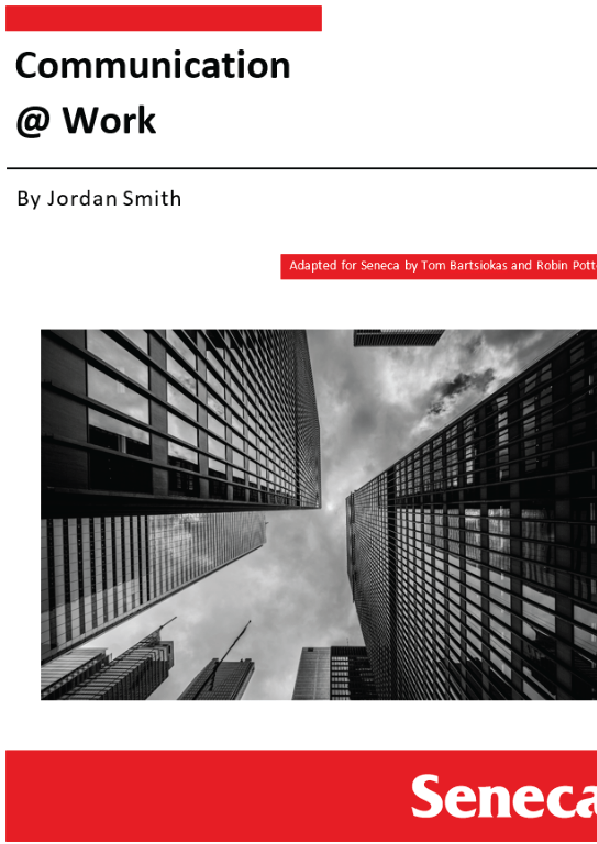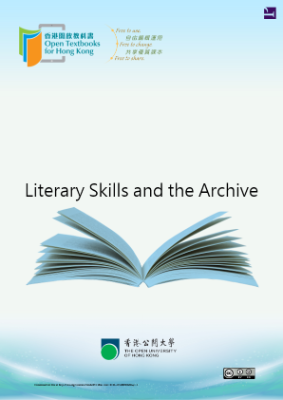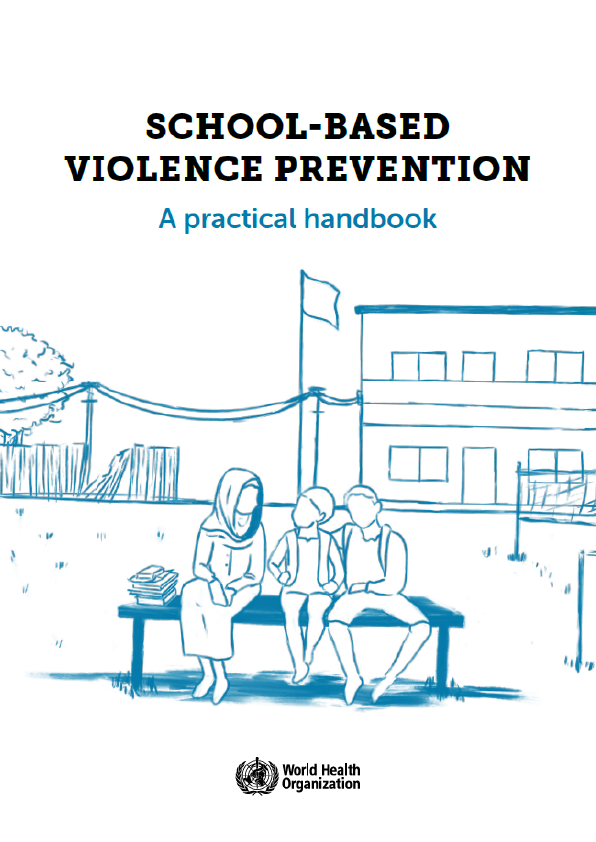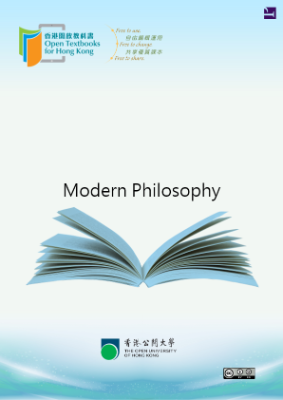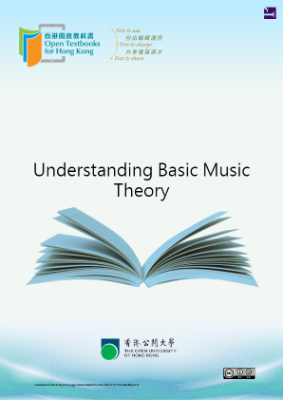Introduction
Honestly, how many texts or instant messages do you send in a day? How many emails? Do you prefer communicating by text, instant message app (e.g., SnapChat), or generally online instead of face-to-face in person with businesses? If you’re an average millennial sending out and receiving more than the 2013 average of 128 texts per day (Burke, 2016), that’s a lot of reading and responding quickly in writing—so much more than people your age were doing 20 years ago. Even if just for social reasons, you are probably writing more than most people in your demographic have at any point in human history. This is mostly an advantage because it gives you a baseline comfort with the writing process, even if the quality of that writing probably isn’t quite where it should be if you were doing it for professional reasons.
Where being overly comfortable with texting becomes a disadvantage, however, is when it is used as a way of avoiding the in-person, face-to-face communication that is vital to the routine functioning of any organization. As uncomfortable as it may sometimes be, especially for teens in their “awkward years,” developing conversational skills throughout that decade is hugely important by the time they enter a workforce mostly populated by older generations that grew up without smartphones, developed those advanced conversational skills the hard way by making mistakes and learning from them, and expect well-developed conversational skills of younger generations entering the workforce. Though plenty of business is done online these days, there really is no good substitute for face-to-face interaction.
According to Twilio’s 2016 consumer report on messaging, however, the most preferred channel for customer service among 18-24 year olds (said 31% of respondents) is by text or instant messaging, followed closely by email (p. 8). Face-to-face interaction, however, is preferred by only 6% of respondents.
any organization. In a study on the effectiveness of in-person requests for donations versus requests by email, for instance, the in-person approach was found to be 34 times more successful (Bohns, 2017). We instinctively value human over machine interaction in many (but not all) situations we find ourselves. Though some jobs like nurse or therapist simply cannot function without in-person interaction and would be the last to be automated (if ever), most others will involve a mix of written and face-to-face communication.
Our responsibility in handling that mix requires that we become competent in the use of a variety of devices that bring us a competitive advantage in our work (see Table 1 below). By working in the cloud with our smartphones and laptop, desktop, or tablet devices, for instance, we can collaborate with individuals or teams anywhere and anytime, as well as secure our work in ways we couldn’t when files were tied to specific devices. Through the years, new technology trends will offer up new advantages with new devices that we will have to master to stay competitive.
Those advantages are double-edged swords, however, so it is important that we manage the risks associated with them. With so much mobile technology enabling us to communicate and work on the go, from home, or anywhere in the world with a wi-fi connection, we are expected to be always available to work, to always be “on”—even after hours, on weekends, and on vacation—lest we lose a client to someone else who is available at those times. Add to that the psychological and physiological impacts of adults averaging 8.8 hours of screen time per day (Dunckley, 2014; Twenge, 2017; Nielsen, 2016, p. 4), and it’s no wonder that problematic technology use, including screen addiction, is a growing concern among both health and technology experts (Phillips, 2015). Beyond being an effective communicator and professional in general, just being an effective person—in the sense of being physically and mentally healthy—requires knowing when not to use technology.
